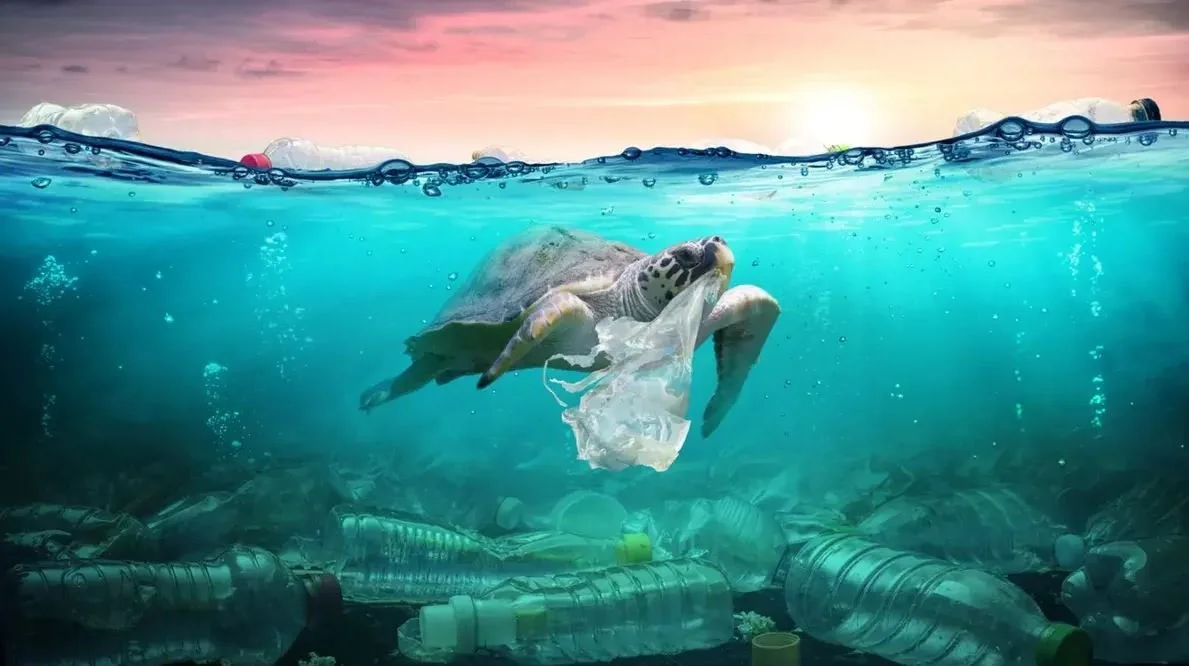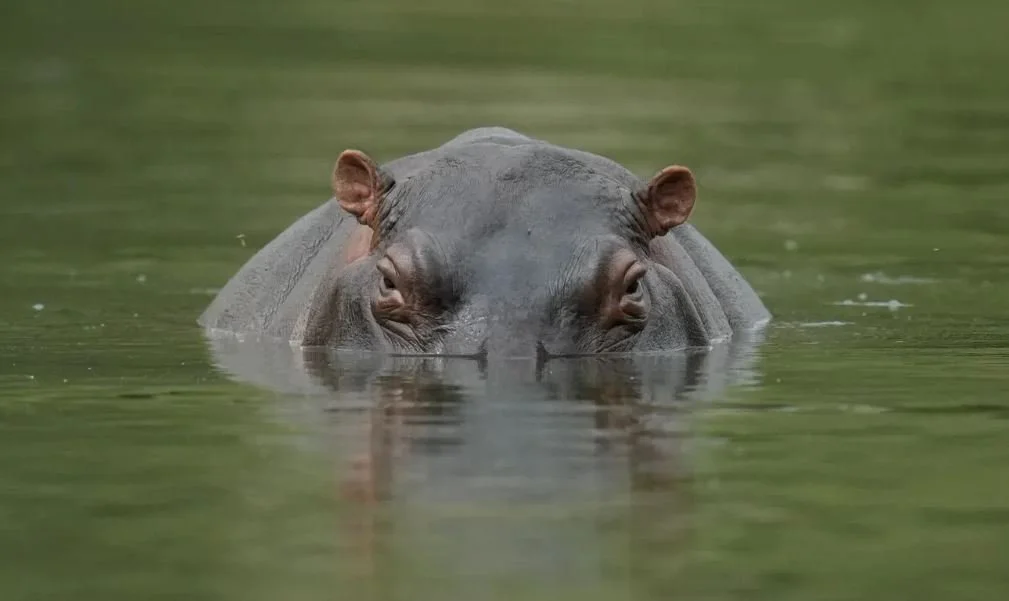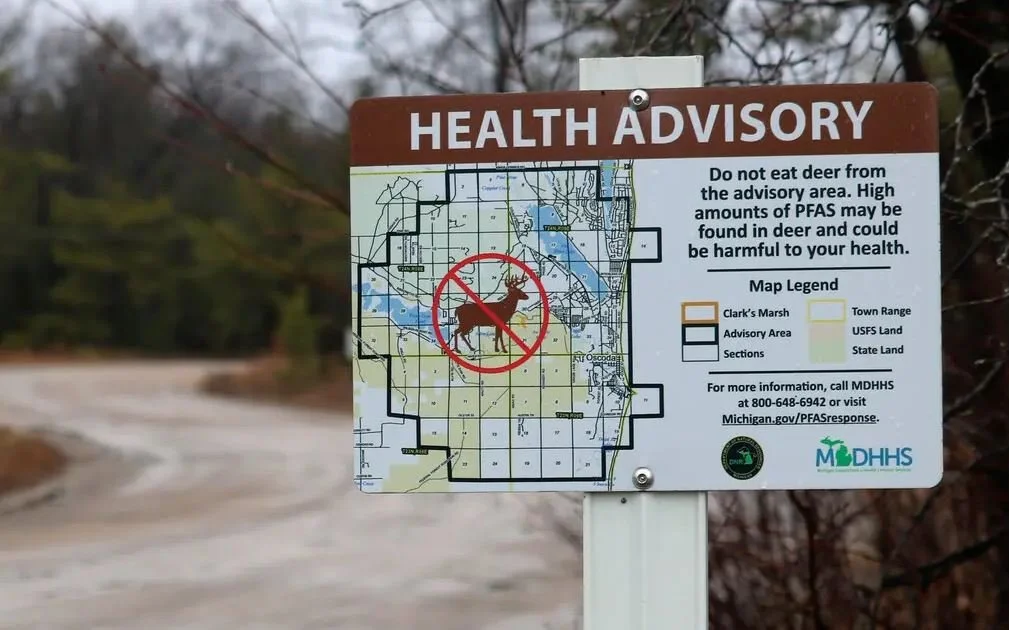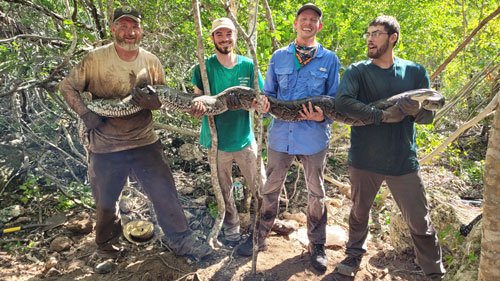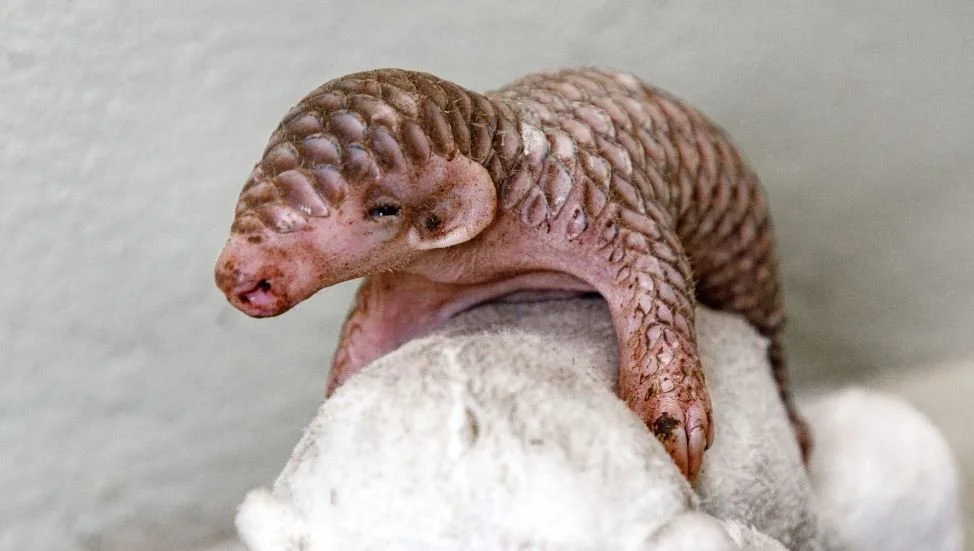Nzou was only two years old when her family was slaughtered by ivory poachers in Zimbabwe. Rescuers tried to reintroduce Nzou to other elephants, but she never fit in. “Her need for a family never faded,” intones Natalie Portman, narrating National Geographic’s new series, Secrets of the Elephants, “So she took matters into her own hands …”
Hi.
Welcome to my blog.




